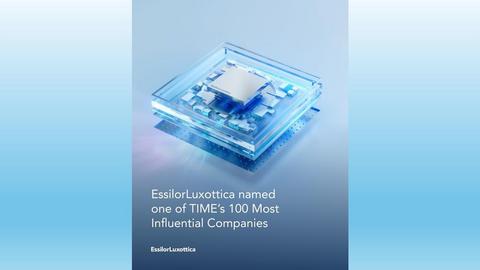Publications
FOCUS 73: Redefining Energy and Automation For a More Electric World

Damien Dhellemes, Country President (Singapore, Malaysia and Brunei) at Schneider Electric shares how the company is in line with Singapore’s vision of AI transformation.
How can being a Smart Nation improve our lives?
The Singapore government has defined a Smart Nation as one “where people will be more empowered to live meaningful and fulfilled lives, enabled seamlessly by technology, offering exciting opportunities for all.” A smart nation must be people centric. Schneider Electric believes that a Smart Nation empowers the citizens and businesses through increased access to data and widespread adoption of cutting-edge technology. This will see the country experience monumental transformation in healthcare, transport, urban solutions, finance, and education. For example, data will allow for better urban planning and more reliable public transport, while easy access to maps and geospatial databases will allow the community to share information such as traffic accidents with one another. Quicker access to patient data will also help medical professionals determine a patient’s health history and help doctors provide the right treatments to their patients.
Can you share how Schneider Electric is using AI in making Singapore a Smart City?
At Schneider Electric, we work towards Singapore’s goal of being a Smart City through transforming our customers’ buildings into Smart Buildings with our EcoStruxure solutions. One such solution is our EcoStruxure Building Operation, an open and secure building management system. Through the use of connected devices such as sensors, actuators, valves, and heat meters placed in our customer’s building, data is collected and sent through EcoStruxure Building Operation.
The data is analysed and transformed into real-time actionable intelligence, making it easier for our customers to monitor and optimise their building operations and energy usage. This information can also be shared with their key stakeholders or across their entire operation to influence behavioural changes that can save them money.
Building managers can manage building operations and energy use on-site or remotely through the customisable user-friendly interface for up to 30% increased efficiency. With EcoStruxure Building, expenses and carbon footprints are reduced while increasing the comfort and productivity of building occupants.
Leading by example, Schneider Electric has used our EcoStruxure solutions in our regional headquarters located in the 25-year-old Kallang Pulse building. By retrofitting the building with connected devices, and using IoT as well as other advanced technology that is in line with environmentally sustainable practices, we have ensured that the nine-storey building is green and energy-efficient while also improving the user experience in the building.
In the “new norm” post Covid-19, what will Smart Buildings and Smart Offices be like?
COVID-19 has placed a spotlight over building occupants’ well-being. Many are heading back to the office as the economy reopens and a Smart Office in the new norm is one that uses solutions to ensure employees’ health and safety while also complying with government regulations. Offices are not the only workspaces that will have to adapt to the current state of the world, but buildings as well. With companies moving to shift-based or flexible work arrangements, it is important for them to use Smart solutions that make efficient use of energy and building space.
Buildings that reduce energy wastage and their carbon footprint through technology like IoT will contribute towards establishing a both Smart and Green nation. Besides having a positive impact on the environment, these reductions help improve building efficiency and save cost for the organisation.
To read the rest of the article, visit FOCUS #73


